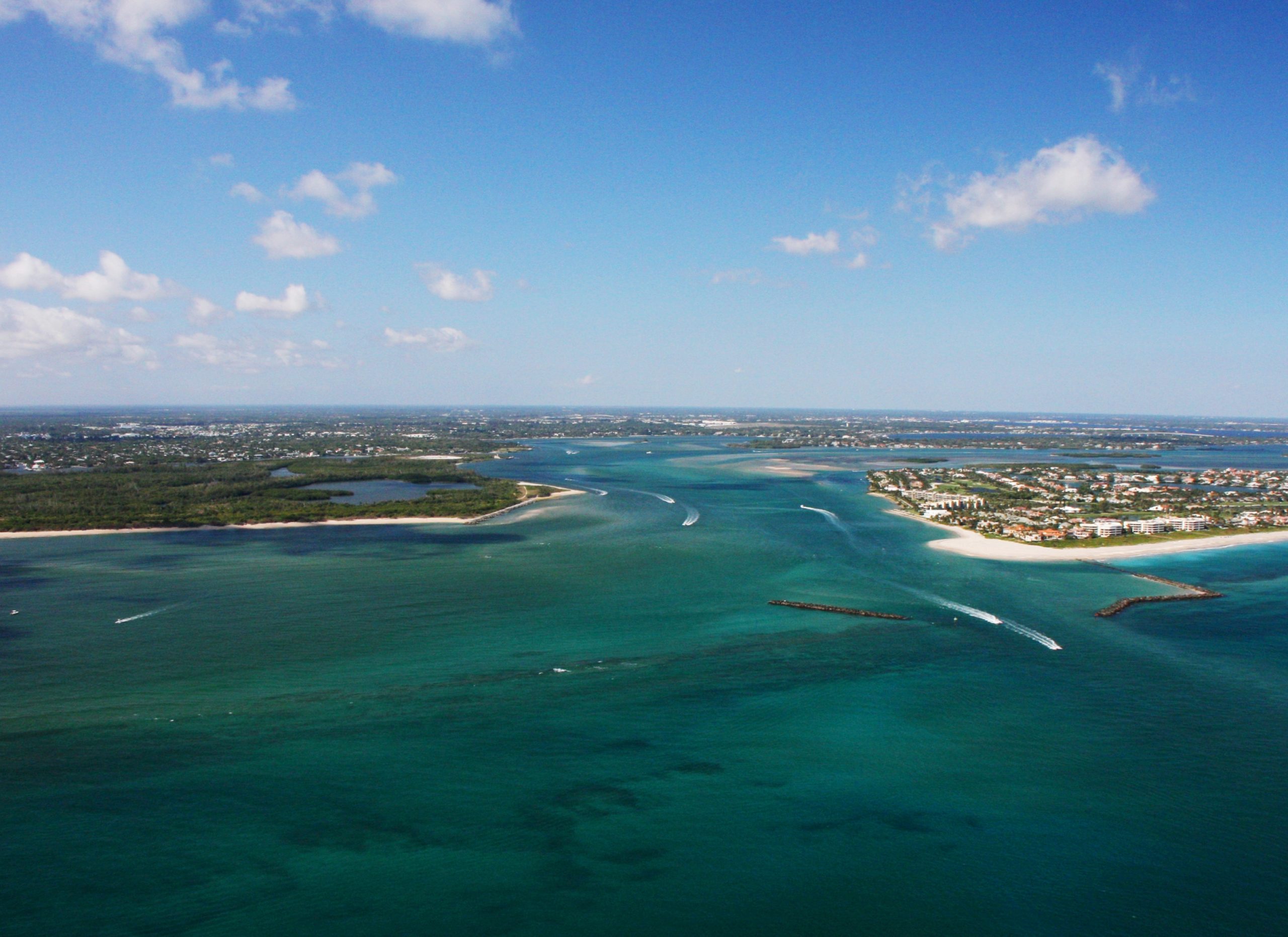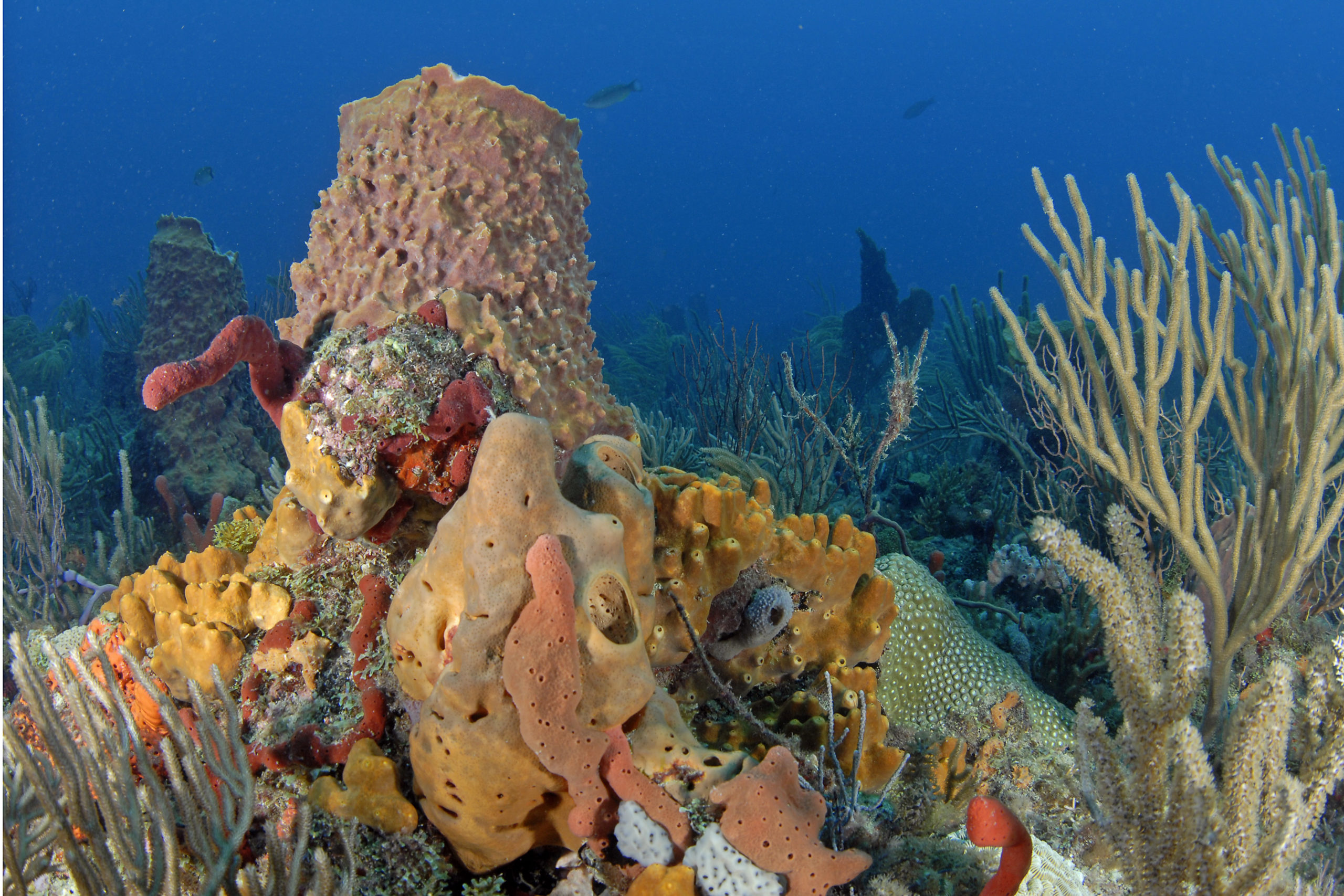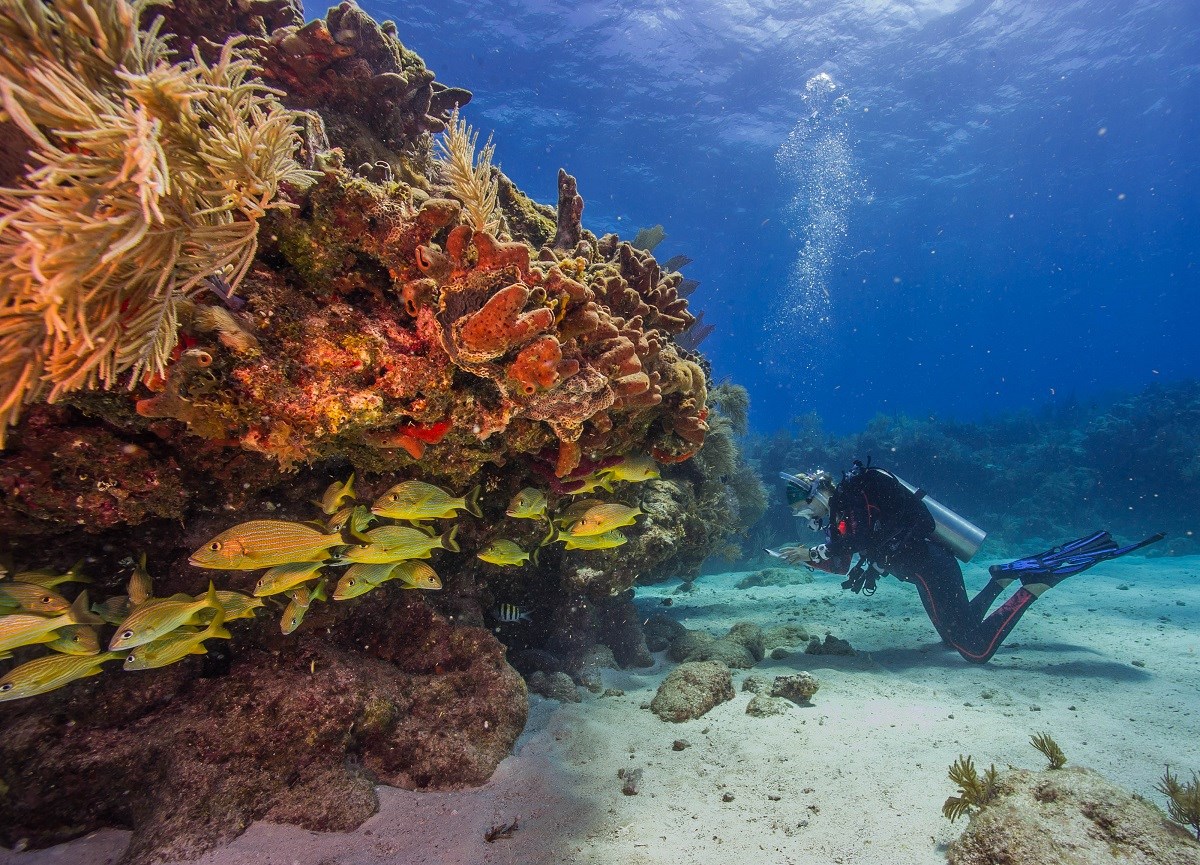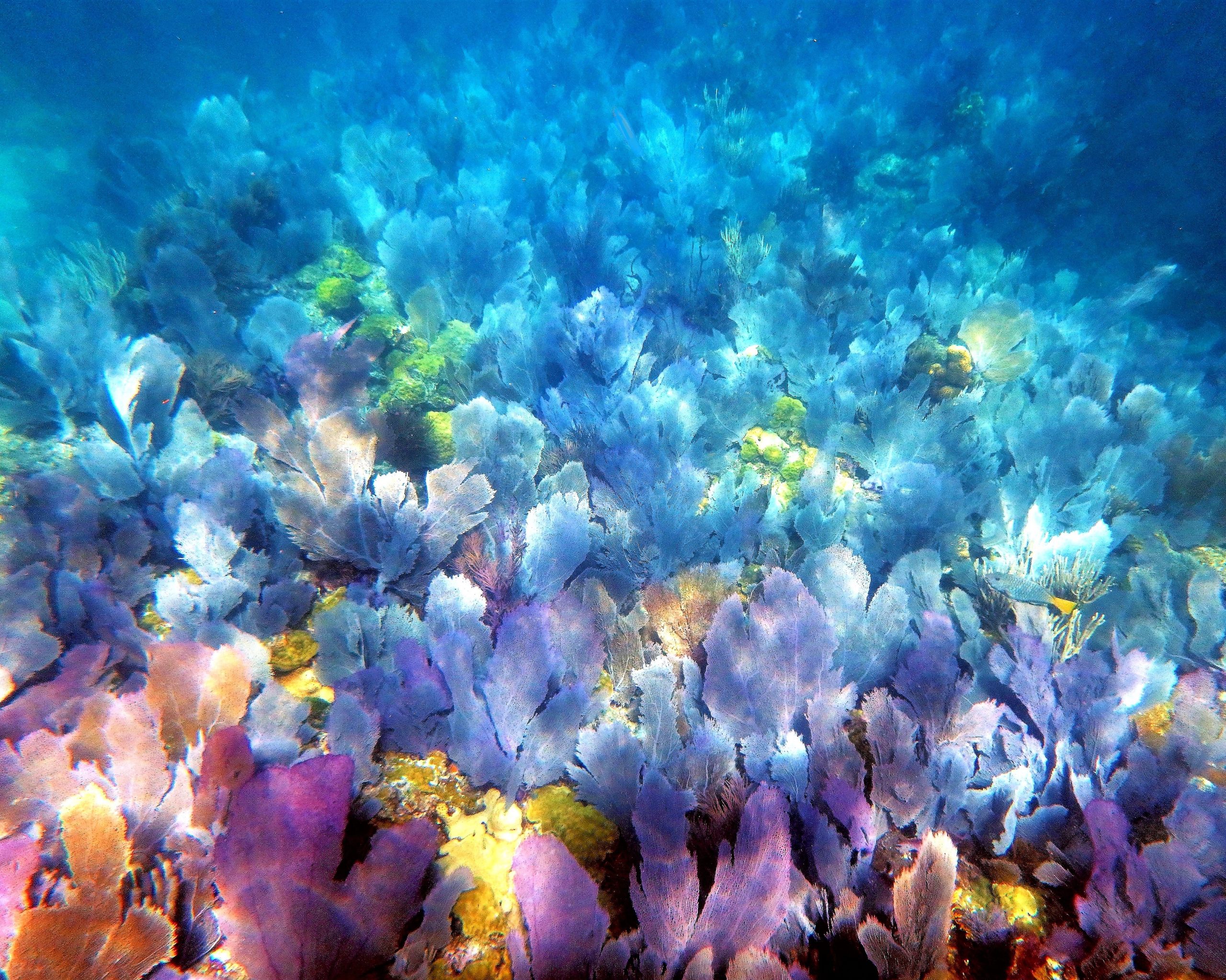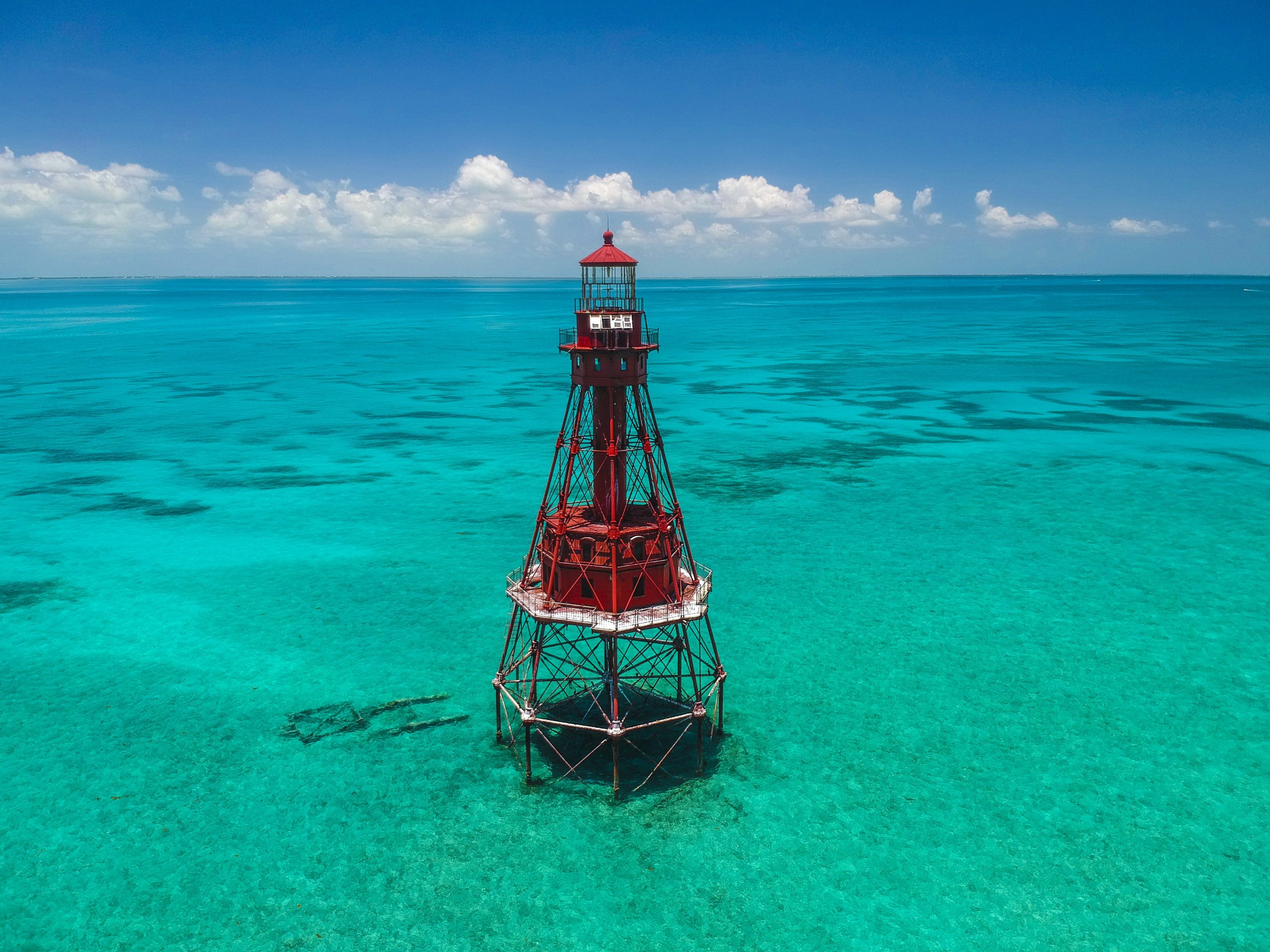News & Updates
Studies on environmental co-factors potentially influencing the disease dynamics of Florida’s coral tissue loss diseases
Written by: Greta Aeby, Valerie Paul, Jan Landsberg, Yasu Kiryu
Task 1 compared lesion morphology and mortality through time among diseased M. cavernosa and S. siderea colonies in the Keys and Fort Lauderdale sites. At Ft. Lauderdale, disease on tagged M. cavernosa and S. siderea remains on the reef after over three years but continues to fluctuate; at the Keys Tag site, disease prevalence on M. cavernosa declined through time and is starting to show variability similar to colonies at Ft. Lauderdale; and at the Keys Haslun’s reef, prevalence among M. cavernosa remained high throughout the study and colony survival between November 2019 and December 2020 was 0%. For S. siderea at the Haslun site, disease prevalence remained 100% throughout the study period and case fatality rate was 11.1%.
Task 2 tested for differences in transmission success among S. siderea lesion types in aquaria studies using Sidastrea siderea and Orbicella faveolata as test corals. We were able to test seven more diseased S. siderea fragments with different types of lesions increasing our sample sizes from prior studies. Results were similar to what was found during prior studies with successful disease transmission (development of a lesion) occurring for both species, S. siderea and O. faveolata upon direct contact with a diseased S. siderea and through the water column.
Task 3 examined the effect of nitrogen enrichment on zooxanthellae health. We found that experimental corals exposed to nitrates maintained a lower photochemical efficiency as compared to their controls
Task 4 used aquaria studies to directly test the effect of nitrogen enrichment on disease progression in M. cavernosa, S. siderea and C. natans. For S. siderea and C. natans., there wasn’t a significant response upon exposure to nitrate. M. cavernosa with SCTLD exposed to nitrates had higher rates of tissue loss compared to controls but there was variability in response.
Read Original Article
